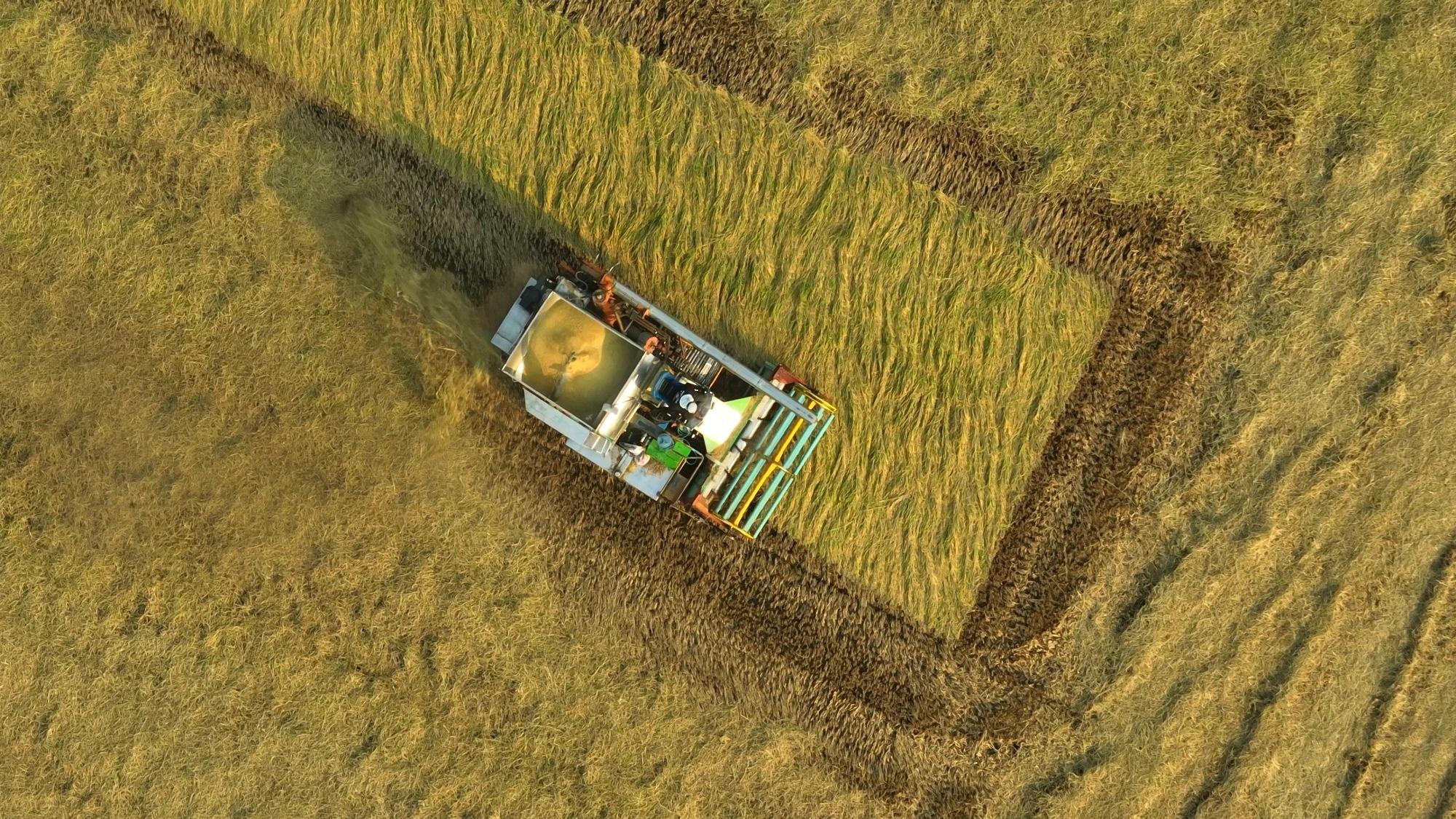Researchers have developed a method to repurpose agricultural and industrial waste into durable, low-cost bricks and tiles that outperform traditional materials, reducing both production costs and carbon emissions, while diverting waste from landfills.

Study: Eco-friendly bricks and tuff tiles from agricultural and industrial waste: advancing the United Nations (UN) sustainable development goals. Image Credit: Andromeda stock/Shutterstock.com
Published in Scientific Reports, the study addresses critical challenges in the construction sector, such as high material costs and environmental degradation. By incorporating materials like rice husk ash, sugarcane bagasse ash, marble powder, wheat straw, sawdust, and plastic waste, the research demonstrates notable improvements in strength, durability, and cost-efficiency compared to conventional bricks and tiles.
Tackling the Environmental Impact of Cement
Cement-based materials like bricks and tuff tiles are foundational to infrastructure development. However, cement production is energy-intensive and contributes significantly to global greenhouse gas emissions. Improper disposal of industrial and agricultural waste further compounds environmental concerns.
To mitigate these impacts, researchers are increasingly turning to supplementary materials that reduce cement usage while improving the performance of construction materials - a trend seen globally.
Previous studies have explored various industrial byproducts, including textile fibers, glass powder, sewage sludge, and eggshell waste, to enhance properties such as compressive strength, thermal insulation, and water resistance. Still, comprehensive research combining multiple types of locally available waste in construction has been limited.
Methodology: Turning Waste into Building Materials
The research team identified nine types of waste based on local availability and potential to substitute cement or clay. These included rice husk, sugarcane bagasse, marble powder, glass powder, wheat straw, sawdust, and plastic waste.
They fabricated 52 samples (31 tuff tiles and 21 bricks) by partially replacing cement or clay with the selected materials at 5 %, 10 %, and 15 % by mass. Tuff tiles were produced using a cement-sand-aggregate mix with a water-to-binder ratio of 0.36, while bricks were made from clay blended with the waste additives.
Both solid and ash forms of organic materials, like rice husk and sugarcane bagasse, were tested to assess performance differences.
To evaluate the materials, the team conducted:
- Sieve analysis for particle size distribution
- Density measurements
- Compressive strength tests
- Water absorption analysis
- X-ray diffraction (XRD) for material phase identification
Statistical analysis using one-way ANOVA (p < 0.05) confirmed significant differences in compressive strength and water absorption across material types and replacement levels.
Key Findings: Performance and Material Properties
Sieve analysis showed that fine particles (<0.075 mm) made up just 4–8 % of the sand, indicating a well-graded mix suitable for structural applications. The density of the finished bricks and tuff tiles ranged between 1.5 and 2.0 g/cm3. Notably, samples incorporating sugarcane bagasse solids were lighter in weight without compromising structural integrity.
X-ray diffraction (XRD) analysis confirmed the presence of key crystalline phases - calcite (CaCO3), portlandite (Ca(OH)2), and quartz (SiO2), which contribute to improved mechanical strength and overall durability. Water absorption tests revealed strong moisture resistance, with tuff tiles containing rice husk solids showing as little as 1 % absorption. Bricks made with rice husk ash reached approximately 10 %, indicating enhanced long-term performance.
Compressive strength results were equally promising: tuff tiles with 5 % sugarcane bagasse ash achieved a peak strength of 32 MPa, while bricks with the same additive reached 11 MPa, well within the range for load-bearing use.
Cost analysis underscored the economic advantages of this approach. For instance, bricks made with 10 % marble powder were 14 % less expensive than standard options, and tuff tiles with 10 % sugarcane bagasse ash were 4 % cheaper. These findings highlight both the financial and environmental value of incorporating waste materials into sustainable building products.
Practical Applications: Transforming Waste into Building Solutions
Integrating agricultural and industrial waste into bricks and tuff tiles presents a practical and sustainable option for modern construction. These waste-enhanced materials offer better durability, lower water absorption, and reduced production costs, making them viable for residential, commercial, and public infrastructure projects.
Tuff tiles, commonly used in outdoor flooring, benefited significantly from the addition of optimized waste. Similarly, bricks enhanced with byproducts provided strong thermal and structural performance, supporting energy-efficient building practices.
This approach also aligns with the United Nations Sustainable Development Goals (SDGs), particularly:
- Goal 9 – Industry, Innovation, and Infrastructure
- Goal 11 – Sustainable Cities and Communities
- Goal 12 – Responsible Consumption and Production
By promoting a circular economy model, this research supports smarter, more sustainable use of natural and industrial resources.
Conclusion and Future Directions
In summary, this study offers a practical step toward more sustainable construction materials. By testing a range of waste-based additives, the research lays out a workable approach to making eco-friendly bricks and tiles that are both strong and cost-effective.
Looking ahead, the next steps include scaling up production, streamlining manufacturing methods, and running long-term field tests to see how these materials perform in real-world conditions. The authors also point out that differences in waste material quality could impact consistency, which makes reliable supply chains and quality control especially important.
Working closely with industry and policymakers could help speed up the adoption of these materials. Overall, the research shows how locally available waste can be turned into high-performing building products and offers a repeatable model for building more sustainable infrastructure.
Journal Reference
Tariq, K.A., & et al. (2025). Eco-friendly bricks and tuff tiles from agricultural and industrial waste: advancing the United Nations (UN) sustainable development goals. Sci Rep 15, 36431. DOI: 10.1038/s41598-025-20545-1, https://www.nature.com/articles/s41598-025-20545-1
Disclaimer: The views expressed here are those of the author expressed in their private capacity and do not necessarily represent the views of AZoM.com Limited T/A AZoNetwork the owner and operator of this website. This disclaimer forms part of the Terms and conditions of use of this website.